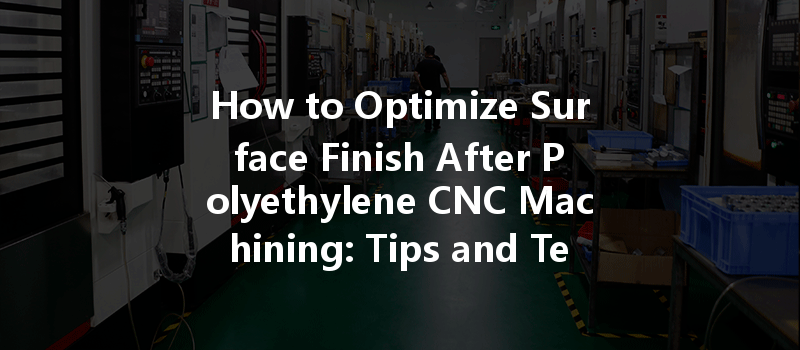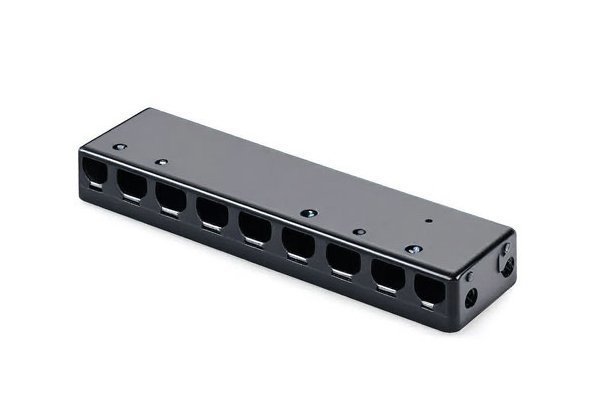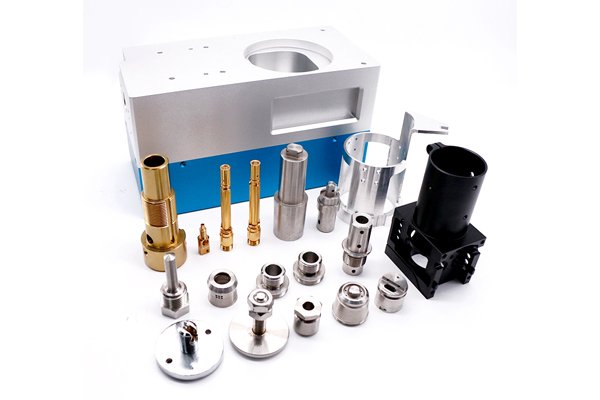: The Importance of Surface Finish in CNC Machining
In the highly competitive landscape of CNC machining, surface finish plays a crucial role in determining the quality and acceptance of machined parts. For companies like YL Machining, which specializes in precision-engineered components, delivering products with impeccable surface finishes is not just an aspiration but a fundamental requirement. This article delves into the intricacies of optimizing surface finishes during polyethylene CNC machining, shedding light on the methods, challenges, and state-of-the-art techniques that can elevate machining outcomes to meet or exceed customer expectations.
—
Chapter 1: Understanding Polyethylene and Its Machining Characteristics
1.1 What is Polyethylene?
Polyethylene is one of the most widely used thermoplastics, known for its excellent chemical resistance, low-density properties, and versatility. It comes in various forms, including High-Density Polyethylene (HDPE) and Low-Density Polyethylene (LDPE), each boasting unique attributes that make them suitable for different applications.
1.2 Why CNC Machining for Polyethylene?
CNC machining has become the method of choice when it comes to fabricating polyethylene parts. The reasons include:
1.3 Characteristics of Polyethylene in CNC Machining
Polyethylene boasts several advantages and challenges in CNC applications:
—
Chapter 2: The Importance of Surface Finish
2.1 What is Surface Finish?
Surface finish refers to the texture and roughness of a surface after machining. It is often quantified using parameters such as Ra (average roughness) and Rz (maximum height of the profile).
2.2 Why Does Surface Finish Matter?
The significance of surface finish is multifaceted:
—
Chapter 3: Factors Influencing Surface Finish in Polyethylene CNC Machining
3.1 Tooling Selection
Selecting appropriate tools is paramount for achieving desired surface finishes. Key considerations include:
3.2 Cutting Parameters
The choice of cutting speed, feed rate, and depth of cut significantly affects surface finish. A few guidelines include:
3.3 Coolant Use
Using a suitable coolant can mitigate the heating effects associated with machining plastic materials and enhance the surface finish. Types of coolant can include:

—
Chapter 4: Techniques for Optimizing Surface Finish
4.1 Conventional Methods
4.2 Advanced Machining Techniques
4.3 CNC Parameter Optimization
—
Chapter 5: Quality Control and Inspection of Surface Finish
5.1 Measurement Techniques
Ensuring that the produced surfaces meet specified criteria involves rigorous inspection methods:
5.2 Defining Tolerances
Setting precise tolerances is critical to ensure that the final products adhere to required standards. Typical measurements in polyethylene CNC machining may range as follows:
—
Chapter 6: Common Challenges in Achieving Optimal Surface Finish
6.1 Tool Wear
Constant monitoring of tool wear is essential to maintain surface quality. Techniques such as:
6.2 Thermal Effects
Overheating may lead to melting or deformation during machining. Approaches to mitigate this issue include:
—
Chapter 7: The Future of Surface Finish Optimization
7.1 Technological Trends
7.2 Sustainable Practices
Implementing eco-friendly cooling options and reducing waste through advanced machining techniques aligns with both industry standards and corporate responsibility.
—
Achieving optimized surface finishes in polyethylene CNC machining requires a fusion of precision, technology, and rigorous attention to detail. As YL Machining continues to innovate and provide high-quality machined components, mastering the art of surface finish optimization will remain a cornerstone of our commitment to excellence. By continually exploring new methodologies, investing in cutting-edge technology, and refining our processes, we can ensure that our customers receive the best in both performance and aesthetics.
Call to Action
If you are looking for precise CNC machining solutions that adhere to the highest standards of quality and finish, reach out to YL Machining today. Let’s discuss how we can turn your vision into reality with impeccable surface finishes tailored to your specific needs. Together, we can achieve excellence in every detail.






